Pop-up Cards: Architecture in Lübeck
Lübeck is a city in northern Germany on the Baltic Sea. It flourished as the center of the Hanseatic League, an economic community of medieval German cities. In 1987, it was registered as a World Heritage Site as “Hanseatic City of Lübeck".
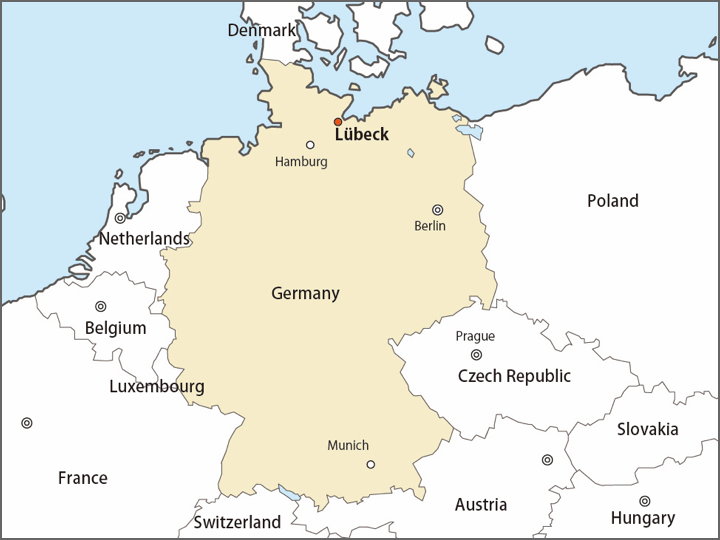
The town of Lübeck was founded in 1143. Count Adolf II of Holstein, a vassal of the Grand Duke of Saxony, built the city by recruiting residents from the Rhine River basin and other regions.
The town was lost in a great fire in 1157, and when the citizens demanded for Archduke Heinrich of Saxony that it be rebuilt, he built the town in a different location. But the original location was more advantageous, and Heinrich bought the land of the original town from Adolf and built the town again (1159).
In the 13th century, Rostock (1218), Wismar (1229), and Stralsund (1234) were built on the Baltic coast and were officially recognized by the local lords.
It is said that the Hanseatic League began in 1259 when the three cities of Rostock, Lübeck, and Wismar signed an agreement to protect the safety of land and sea routes.
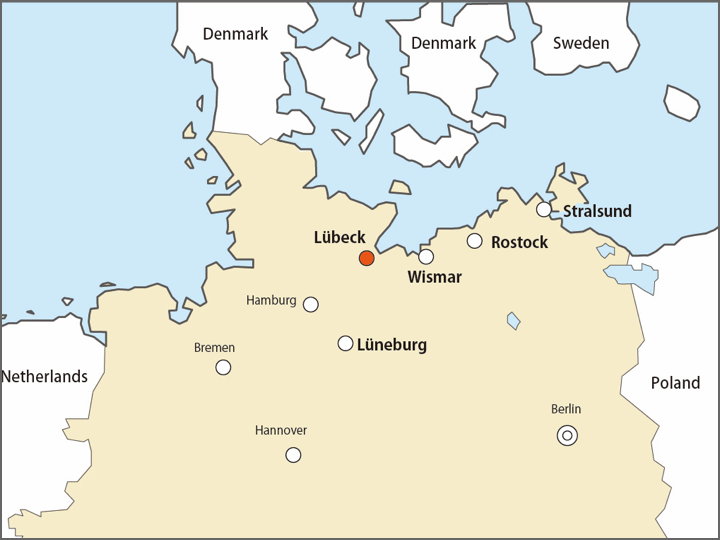
The common goal of securing trade routes strengthened the ties between the cities, and by the late 14th century, the Hanseatic Assembly, a meeting of the cities, was firmly established. The Hanseatic Assembly met once or twice a year (irregularly) to discuss trade, merchants’ rights, and military issues.
The main products handled by the merchants who joined the Hanseatic League are Flemish textiles and Baltic herring. Wood, amber, grains and animal fur were also important commodities.
Rock salt was mined in Lüneburg, about 80 km south of Lübeck, and was transported to Lübeck, where it was used to barrel herring or exported in salt form to various regions.
Now, finally, we come to the pop-up card.
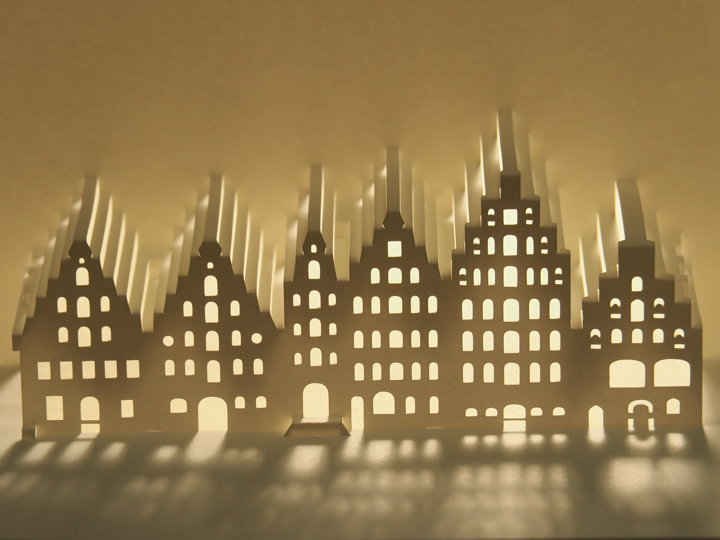
The model for this card is the “Salzspeicher (salt warehouse)" in Lübeck.
Salt brought from Lüneburg was stored here.
The oldest of the current buildings was built in 1579 and the newest in 1745.
Later it was also used to store other commodities (cloth, grain, and wood).
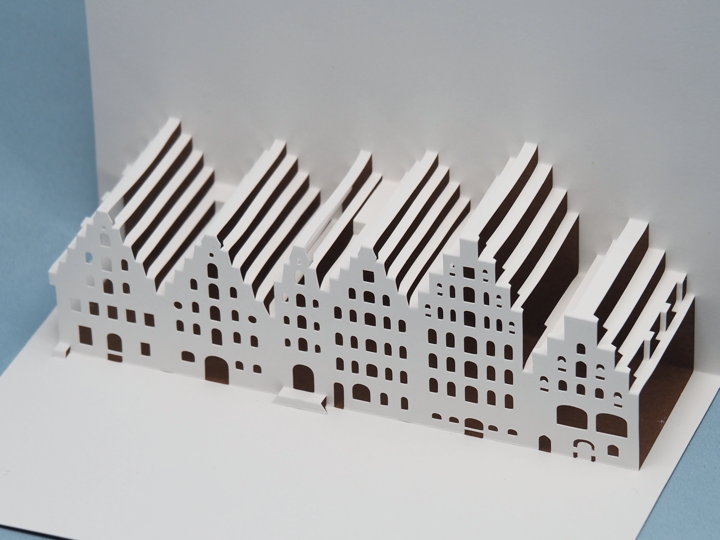
A clothing company whose building was destroyed in the war moved in here in 1942. It has been restored and is still in use.
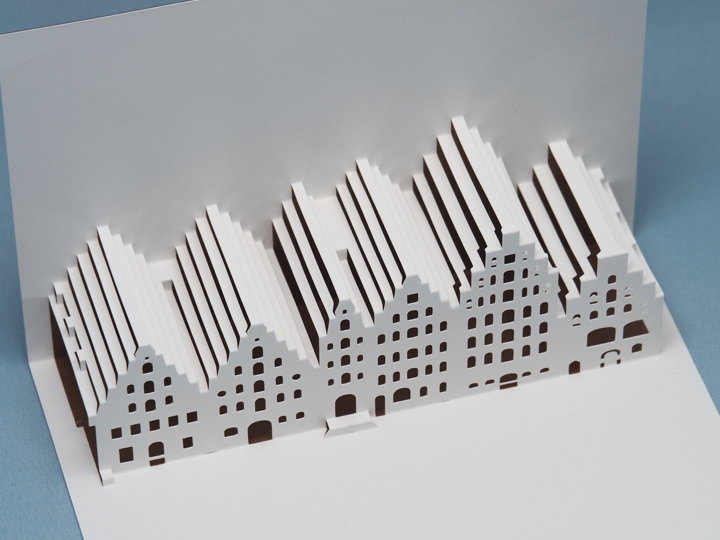
At this point, I have only made a pop-up card for the “Salzspeicher " in Lübeck, but I am planning to make cards for other related buildings and post them on the main site.
The meeting of Hanseatic League in 1669 was the last meeting, and the League is virtually over. However, the alliance between Lübeck, Hamburg and Bremen continued intermittently until the 20th century.
Then, in 1980, at the request of Mayor Lübeck, the new Hanseatic General Assembly “Hanse Tag Neuzeit" was launched. About 100 cities on the Baltic coast meet every year to discuss topics such as politics, tourism and the arts.
[Reference] (written in Japanese)
“Travel Master Books : Northern Germany, Medieval Hansa Cities Story" Text: Katsuji Tani, Kunihiro Nagasaka, Photo: Miki Kojima, Kazuhide Takeda, Editing Travel Master Editing Room, Nikkei BP Planning, 2006 3rd Edition
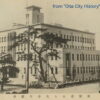
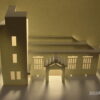

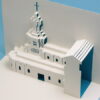
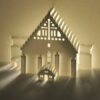

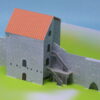
Recent Comments